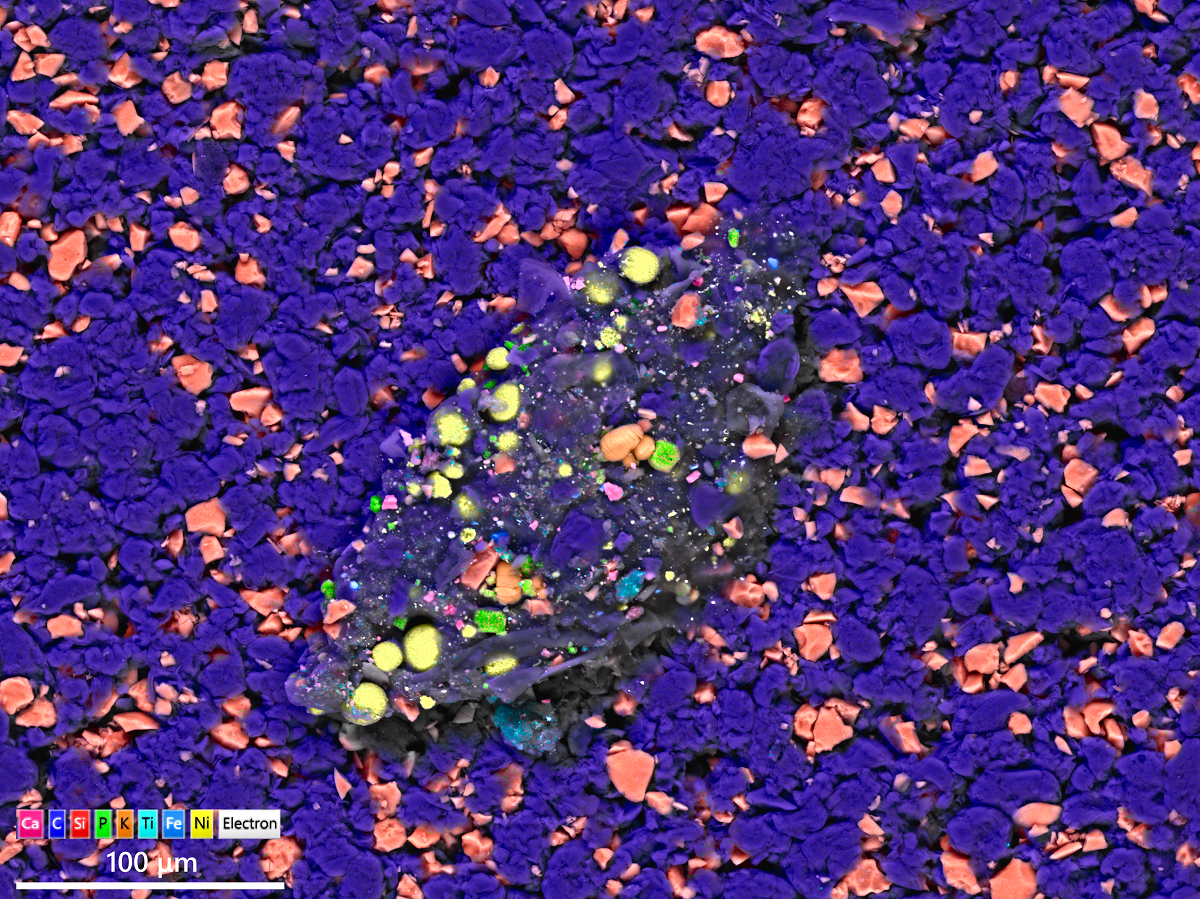Improving battery manufacturing & design - Application Notes Portfolio for the Battery Industry
As battery technology is pushed further to the edge: we require more reliable, durable, long lasting batteries. This portfolio is a collection of application notes detailing Oxford Instruments solutions and how they have been used to help improve battery performance.




